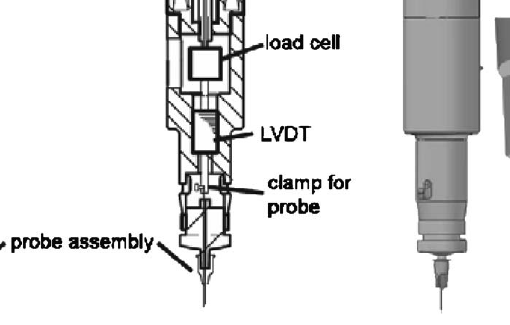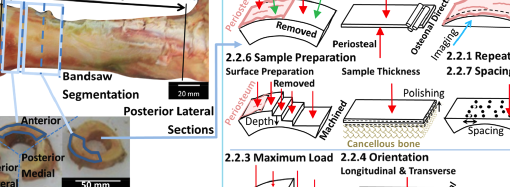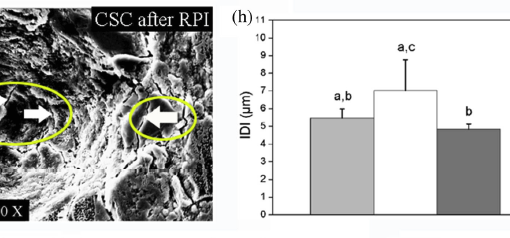Abstract
Deformations of vertebrae and sudden fractures of long bones caused by essentially normal loading are a characteristic problem in osteoporosis. If the loading is normal, then the explanation for and prediction of unexpected bone failure lies in understanding the mechanical properties of the whole bone-which come from its internal and external geometry, the mechanical properties of the hard tissue, and from how well the tissue repairs damage. Modern QCT and MRI imaging systems can measure the geometry of the mineralized tissue quite well in vivo-leaving the mechanical properties of the hard tissue and the ability of bone to repair damage as important unknown factors in predicting fractures. This review explains which material properties must be measured to understand why some bones fail unexpectedly despite our current ability to determine bone geometry and bone mineral content in vivo. Examples of how to measure the important mechanical properties are presented along with some analysis of potential drawbacks of each method. Particular attention is given to methods useful to characterize the loss of bone toughness caused by mechanical fatigue, drug side effects, and damage to the bone matrix.
https://www.ncbi.nlm.nih.gov/pubmed/25939648
Calcif Tissue Int. 2015 Sep;97(3):213-28. doi: 10.1007/s00223-015-9997-1. Epub 2015 May 5.




